USA
11 bridge disasters in America that changed engineering history forever
Published
5 days agoon

The collapse that set modern standards
The Silver Bridge disaster in 1967 was a turning point in American engineering. Spanning the Ohio River between Point Pleasant, West Virginia, and Gallipolis, Ohio, it carried heavy traffic daily.
On December 15, the bridge suddenly failed during rush hour, plunging 46 people to their deaths. Investigators later found that a tiny fracture in an eyebar had gone unnoticed.
The tragedy led directly to mandatory nationwide bridge inspections every two years, changing how America manages infrastructure safety forever.

How a truss bridge in Minnesota failed
The I-35W bridge collapse in Minneapolis in 2007 was a shocking event that shook the nation. The eight-lane bridge suddenly crumbled during rush hour, sending cars, trucks, and construction crews tumbling into the Mississippi River.
Thirteen people died and 145 were injured. Investigators determined that undersized gusset plates, combined with construction loads and traffic, caused the failure.
The disaster highlighted how even minor design flaws can have catastrophic consequences. It also prompted states to reassess older bridges and underscored the need for enhanced oversight and maintenance.

Why the Sunshine Skyway disaster still haunts Florida
On May 9, 1980, a violent storm and heavy fog disoriented a massive freighter in Tampa Bay. The ship struck a support column of the Sunshine Skyway Bridge, causing a 1,200-foot span to collapse into the water.
Thirty-five people were killed, including bus passengers whose vehicle plunged into the bay. The accident emphasized the vulnerability of bridges to ship collisions.
Florida responded by designing a replacement bridge with wider lanes, more substantial piers, and protective barriers to prevent a similar tragedy from repeating.

The Hyatt Regency walkway taught tough lessons
Though not a traditional bridge, the Hyatt Regency walkway collapse in Kansas City in 1981 remains one of the most infamous engineering failures in U.S. history.
Hundreds of people were gathered for a dance when suspended walkways gave way and crashed into the crowd below. One hundred fourteen lives were lost, and more than 200 were injured.
Investigations revealed a flawed design of the hanger rod. The disaster reshaped building codes nationwide and serves as a cautionary tale about the dangers of shortcuts in structural design.

A Pennsylvania tragedy highlighted the power of water
The Johnstown Flood of 1889 was not a bridge collapse itself, but it destroyed countless bridges and rail connections in its path.
When the poorly maintained South Fork Dam burst after heavy rains, it released a wall of water that swept through Johnstown, Pennsylvania. Over 2,200 people were killed, and bridges stood no chance against the torrent.
The catastrophe revealed the true interconnectedness of infrastructure, sparking early conversations about engineering responsibility, maintenance standards, and the need for accountability in public safety.

How boat collisions toppled American bridges
Several major U.S. bridge failures have come from ship strikes rather than design flaws. Large vessels traveling rivers or coastal waters sometimes collide with support piers, knocking spans into the water.
The Sunshine Skyway was the most dramatic example, but more minor failures across the country followed similar patterns.
These tragedies compelled engineers to design stronger protective systems around piers, ensuring that today’s bridges in shipping channels are equipped to withstand catastrophic collisions with modern cargo ships or barges.

The Tacoma Narrows collapse showed the force of the wind
Known as “Galloping Gertie,” the Tacoma Narrows Bridge in Washington became famous when it dramatically collapsed in 1940.
Strong winds caused the suspension bridge to twist and oscillate until it tore apart, plunging sections into Puget Sound. While only one life was lost, the event was captured on film and became a textbook example of aeroelastic flutter.
Engineers worldwide took note, and the collapse transformed how wind forces are considered in bridge design. Today, wind tunnel testing is standard for suspension bridges.

How a railroad bridge disaster changed trust
The Truesdell Bridge collapse in Dixon, Illinois, in 1873 remains one of the deadliest bridge failures in American history. A crowd had gathered to watch baptisms on the river below when the iron bridge gave way, killing 46 and injuring dozens more.
Faulty design and poor construction practices were cited as the causes. The collapse fueled public mistrust of iron truss designs at the time.
It also influenced the early American Society of Civil Engineers to push for higher standards in bridge construction.

Construction failures left lasting scars
Throughout history, some bridges failed before they even opened. In the United States, several projects have collapsed during construction due to design miscalculations or poor oversight.
These disasters often resulted in the loss of life and highlighted the risks of rushing projects without thorough testing.
The failures also served as a reminder to engineers of the importance of redundancy, safety margins, and continuous inspection during the building phases.

Floods and scour reminded us of hidden dangers
Bridge scour, when rushing water erodes soil around bridge piers, has quietly caused many failures. Flood events in the Midwest during the 1990s damaged or destroyed dozens of crossings.
Often, the danger remained invisible until the foundations gave way. These disasters emphasized that even well-designed bridges could fail if natural forces undermined their base.
Today, engineers design deeper foundations, add protective riprap, and deploy sensors to detect early scour, all lessons learned from decades of painful losses to hidden erosion.

Overloaded bridges collapsed under pressure
Weight limits are standard on today’s bridges, but that wasn’t always the case. Before strict load standards were introduced in the late 1960s, several American bridges failed because they were carrying more weight than they were designed to handle.
The Silver Bridge collapse highlighted the dangers of overloading. Trucks grew heavier over the decades, while older bridges often weren’t updated to handle modern loads.
These painful lessons led to the development of new federal policies, including posted load limits and stricter vehicle regulations, nationwide.

Corrosion quietly ate away at steel
Steel revolutionized bridge building, but corrosion proved to be one of its greatest enemies. Several American bridges collapsed after rust weakened hidden joints or cables.
The Silver Bridge again serves as a prime example, where a corroded eyebar finally snapped. Many other failures nearly occurred before repairs stopped them.
This invisible enemy made regular inspections with better technology a necessity. Modern bridges utilize weathering steel, coatings, and sensors to combat corrosion, but the lessons from past collapses remain a constant reminder.

Earthquakes revealed seismic vulnerability
The 1989 Loma Prieta earthquake in California highlighted the fragility of older bridges to seismic forces. Portions of the San Francisco–Oakland Bay Bridge’s upper deck collapsed, killing motorists below.
Other freeway structures also failed during the quake. These events accelerated California’s massive program to retrofit or replace bridges for earthquake resistance.
From base isolators to flexible joints, seismic design became essential for the West Coast. The collapse of the Bay Bridge proved that natural disasters could teach as much as design flaws.

Engineers learned from a Canadian collapse
Although outside the U.S., the repeated collapse of Canada’s Quebec Bridge in the early 1900s had a profound influence on American engineering. The first failure in 1907 killed 75 workers; the second in 1916 killed 13 more.
The tragedies occurred during the construction of what was then the world’s largest cantilever bridge. The failures exposed flaws in calculations and oversight.
American engineers took note, realizing even the most ambitious designs required peer review and redundancy. The lessons spread across North America’s bridge industry.

The Oakland Bay Bridge showed ongoing risks
Even bridges that survived their original construction can show flaws decades later. The eastern span of the San Francisco–Oakland Bay Bridge faced serious safety concerns in the 2000s, when cracks were discovered during inspections.
Quick repairs failed, leading to falling debris and temporary closures. While not a catastrophic collapse, the incident showed that infrastructure maintenance is an ongoing and essential task.
Bridges are living systems, constantly aging and shifting, and the Bay Bridge highlighted the need for vigilance to continue long after opening day.
Explore the tale of Vermont’s most famous ghost who never existed yet still draws visitors to her legendary bridge.
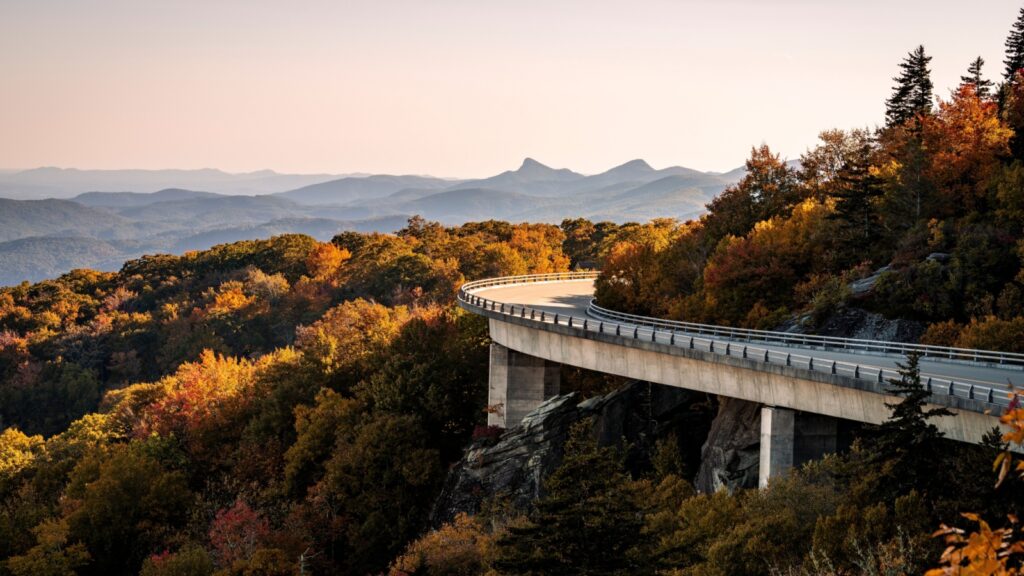
The legacy of lessons still guides us
From Johnstown to Minneapolis, bridge disasters shaped America’s infrastructure policies and engineering practices. They taught us about the dangers of corrosion, overloading, wind, water, earthquakes, and human error.
They also inspired innovations in design, inspection, and resilience. Today, when we drive across a suspension span or over a highway viaduct, we rely on decades of hard-earned knowledge born from tragedy.
Discover the haunting history of Iowa’s Black Hawk Bridge, where a tragic surrender turned into one of the darkest chapters in the region.
Read More From This Brand:
- The forgotten medical tragedy behind this magnificent Cincinnati-Kentucky bridge
- Civil War’s most embarrassing retreat happened at this West Virginia bridge
- Colorado’s Georgetown Loop: when Union Pacific installed an entire bridge backwards
This slideshow was made with AI assistance and human editing.
Simon is a globe trotter who loves to write about travel. Trying new foods and immersing himself in different cultures is his passion. After visiting 24 countries and 18 states, he knows he has a lot more places to see! Learn more about Simon on Muck Rack.


Here Are 12 Things People from West Virginia Do That Seem Insane To Everyone Else

Here Are 12 Things People from Washington Do That Seem Insane To Everyone Else

Here Are 12 Things People from Virginia Do That Seem Insane To Everyone Else

New Mexico Albuquerque International Balloon Fiesta wrap-ups and fall arts

Mississippi Natchez Trace fall festivals and music events

12 Reasons Why You Should Never Ever Move to Florida

Best national parks for a quiet September visit

In 1907, Congress forced Roosevelt to put God back on U.S. coins. Here’s why.

The radioactive secret White Sands kept from New Mexicans for 30 years

America’s most famous railroad photo erased 12,000 Chinese workers from history
Trending Posts
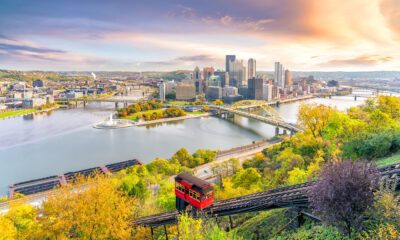
 Pennsylvania3 days ago
Pennsylvania3 days agoHere Are 12 Things People from Pennsylvania Do That Seem Insane To Everyone Else

 North Carolina4 days ago
North Carolina4 days agoHere Are 12 Things People from North Carolina Do That Seem Insane To Everyone Else
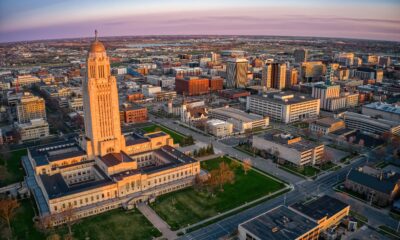
 Nebraska6 days ago
Nebraska6 days agoHere Are 12 Things People from Nebraska Do That Seem Insane To Everyone Else

 Maine5 days ago
Maine5 days agoThe ruins of a town that time forgot are resting in this Maine state park
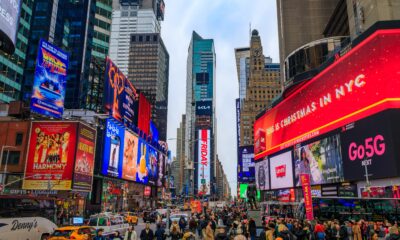
 New York4 days ago
New York4 days agoHere Are 12 Things People from New York Do That Seem Insane To Everyone Else
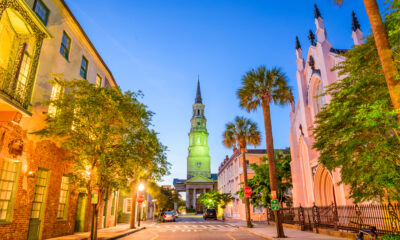
 South Carolina2 days ago
South Carolina2 days agoHere Are 12 Things People from South Carolina Do That Seem Insane To Everyone Else
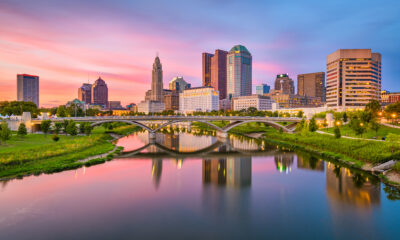
 Ohio4 days ago
Ohio4 days agoHere Are 12 Things People from Ohio Do That Seem Insane To Everyone Else
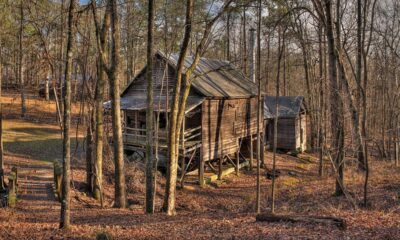
 Georgia5 days ago
Georgia5 days agoThis plantation’s slave quarters tell Georgia’s slowest freedom story
